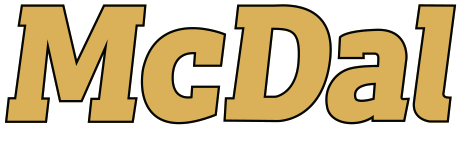Inspections
OSHA SERVICE REQUIREMENTS FOR OVERHEAD CRANES, MONORAILS & HOISTS
OSHA Compliant Inspections and Crane Service in PA, NJ, MD, DE and VA
INSPECTIONS OSHA 1910.179 (j) (1) (i):Initial Inspection
Our interpretation is that all new and altered overhead cranes, monorails and hoists prior to initial use must have a periodic inspection performed before being put into service.
- OSHA 1910.179 (j) (1) (ii) – Inspections (for equipment in service) Our interpretation is that overhead cranes, monorails and hoists in regular service must have a periodic inspection with a written report at least once a year, a frequent inspection with a written report at least once a month and a visual daily inspection by the operator.
- OSHA 1910.179 (j) (4) – Inspections (for equipment not in regular use) Our interpretation is that overhead cranes, monorails or hoists that have not been used for one month or more but less than six months must have a frequent inspection before it can be used. Our interpretation is that overhead cranes, monorails or hoists that have not been used for over six months must have a periodic inspection before it can be used.
- OSHA 1910.179 (k) (3) Adjustments and Repairs Our interpretation is that overhead cranes, monorails and hoists must have any items corrected that are a safety hazard found during an inspection before the system can be used.
Periodic Inspections (AI)
McDal's periodic (annual) inspection includes a visual check of structural, mechanical and electrical components of each system, plus an operational test. A full computer generated inspection report would follow for each system. OSHA requires a periodic inspection be performed at least once a year, as a minimum. McDal Corporation also offers inspections for slings, lifting magnets, grabs, vacuum lifting equipment and other under-the-hook devices.
Frequent Inspections (MI)
McDal's frequent (monthly) inspection includes a visual check of hoist hooks, wire rope or chain, proper reeving, hoist sheaves, hoist limit switch operation, air or hydraulic systems and an operational test. An inspection report would follow for each system. OSHA requires a frequent inspection be performed at least once a month, as a minimum.
PREVENTIVE MAINTENANCE (PM1)
Frequent (monthly) inspection includes a visual check of hoist hooks, wire rope or chain, proper reeving, hoist sheaves, hoist limit switch operation, air or hydraulic systems and an operational test. An inspection report would follow for each system. OSHA requires a frequent inspection be performed at least once a month, as a minimum.
PREVENTIVE MAINTENANCE (PM2)
PM2 service includes checking all oil levels and bringing them to their proper level, plus oil changes as recommended by the manufacturer, lubricating all grease fittings, lubricating all open gears, lubricating all load chains or wire ropes, lubricating limit switch components and lubricating any other components per the manufacturer’s recommendations, checking and adjusting all brakes and any components per the manufacturer’s recommendations, plus an operational check.
PREVENTIVE MAINTENANCE (PMB)
PMB service includes a visual check and adjustment of all brakes including an operational check.
PREVENTIVE MAINTENANCE (PML)
PML service includes lubricating all grease fittings and checking all gear box oil levels.
PREVENTIVE MAINTENANCE (PMC)
PMC service includes lubricating all grease fittings and changing all gear box oils.
If you are in need of our professional inspection services, please contact us here to request our service.

